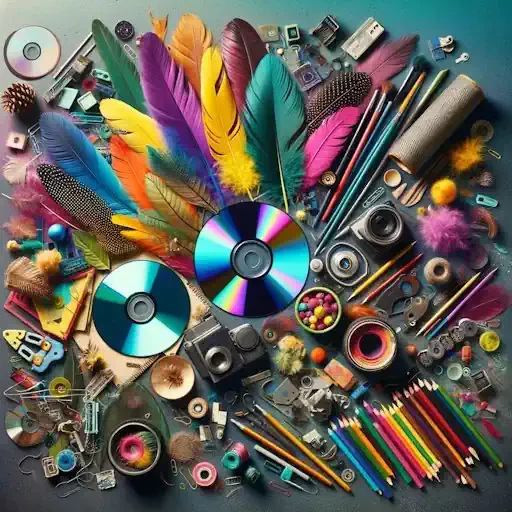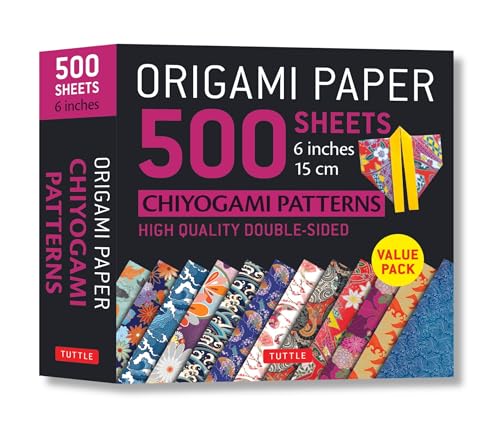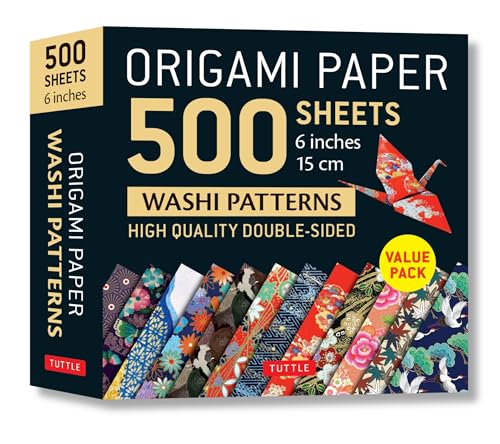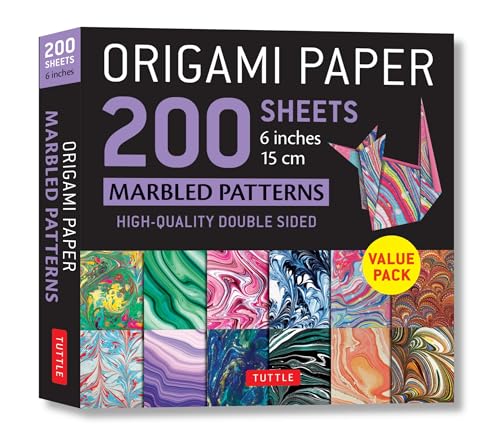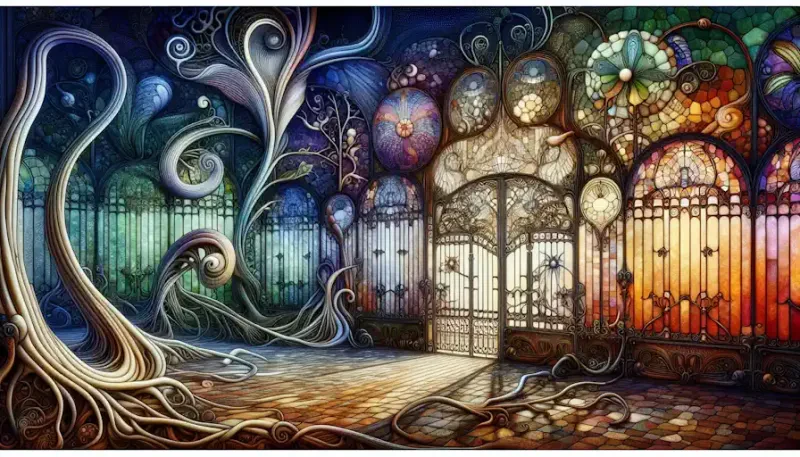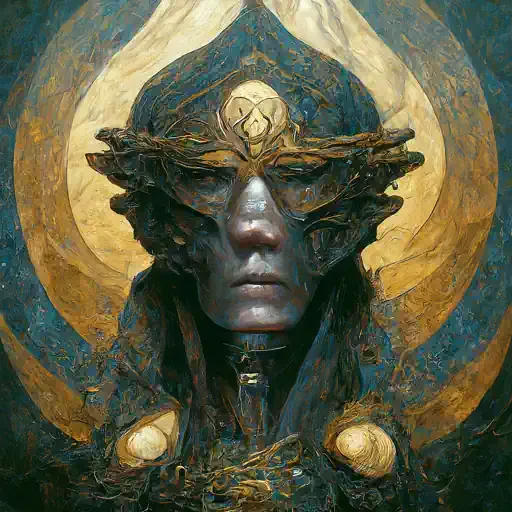Art, in its purest form, is an expression of the human experience, transcending language, culture, and time. It's a medium through which individuals communicate their most profound thoughts, emotions, and visions. The traditional artist's toolkit, filled with brushes, paints, and pencils, offers a familiar pathway to this expression. However, the horizon of artistic mediums extends far beyond these conventional supplies. Artists around the globe are continuously exploring and incorporating unconventional art supplies into their work, revealing new textures, dimensions, and narratives. This article sheds light on some of these unique materials, encouraging you to explore and integrate them into your artistic endeavors.
1. Recycled and Found Objects: The adage "one man's trash is another man's treasure" holds a special truth in the art world. Discarded items such as old CDs, broken electronics, and used packaging can be repurposed into stunning art pieces. These materials not only contribute to the sustainability conversation but also add a layer of commentary on consumerism and waste.
2. Natural Elements: Nature offers an endless supply of materials that can be used in art. Leaves, twigs, stones, and feathers can be incorporated directly into pieces to create organic, earthy vibes. Additionally, these elements can inspire shapes, textures, and colors in more abstract works.
3. Textile and Fabrics: Beyond traditional canvas, textiles and fabrics offer a diverse range of textures and patterns. From the smoothness of silk to the roughness of burlap, each material brings its unique quality to a piece. Artists can sew, glue, or weave these materials, exploring the intersection between craft and fine art.
4. Food and Organic Matter: While perishable and unconventional, food items like coffee, tea, and even fruits can be used as natural dyes or as subjects themselves. This approach not only challenges the permanence of art but also engages the senses in unique ways, particularly smell and touch.
5. Digital and Multimedia: In the digital age, art is not confined to physical materials. Digital tools and software allow for the creation of art that can be infinitely edited, manipulated, and shared. Additionally, incorporating multimedia elements like sound, video, and interactive components can create a more immersive experience.
6. Household Items: Everyday items such as kitchen utensils, toys, and tools can be repurposed into art supplies. These items can be used to apply paint, create patterns, or even become part of the artwork itself, adding a layer of relatability and humor.
The exploration of unconventional art supplies is more than just a search for new materials; it's a journey into the depths of creativity and expression. It challenges artists to see the world differently, finding beauty and potential in the most unexpected places. This approach not only broadens the artist's toolkit but also expands the conversation around what art can be and what it can represent.
As artists continue to push the boundaries of conventional art supplies, the landscape of art itself evolves, offering new perspectives and possibilities. By embracing the unconventional, artists contribute to a dynamic, ever-changing tapestry of human expression. Whether you're a seasoned artist or just beginning your creative journey, consider stepping outside the traditional boundaries. Experiment with unconventional art supplies and discover the unique stories you can tell through your work.
